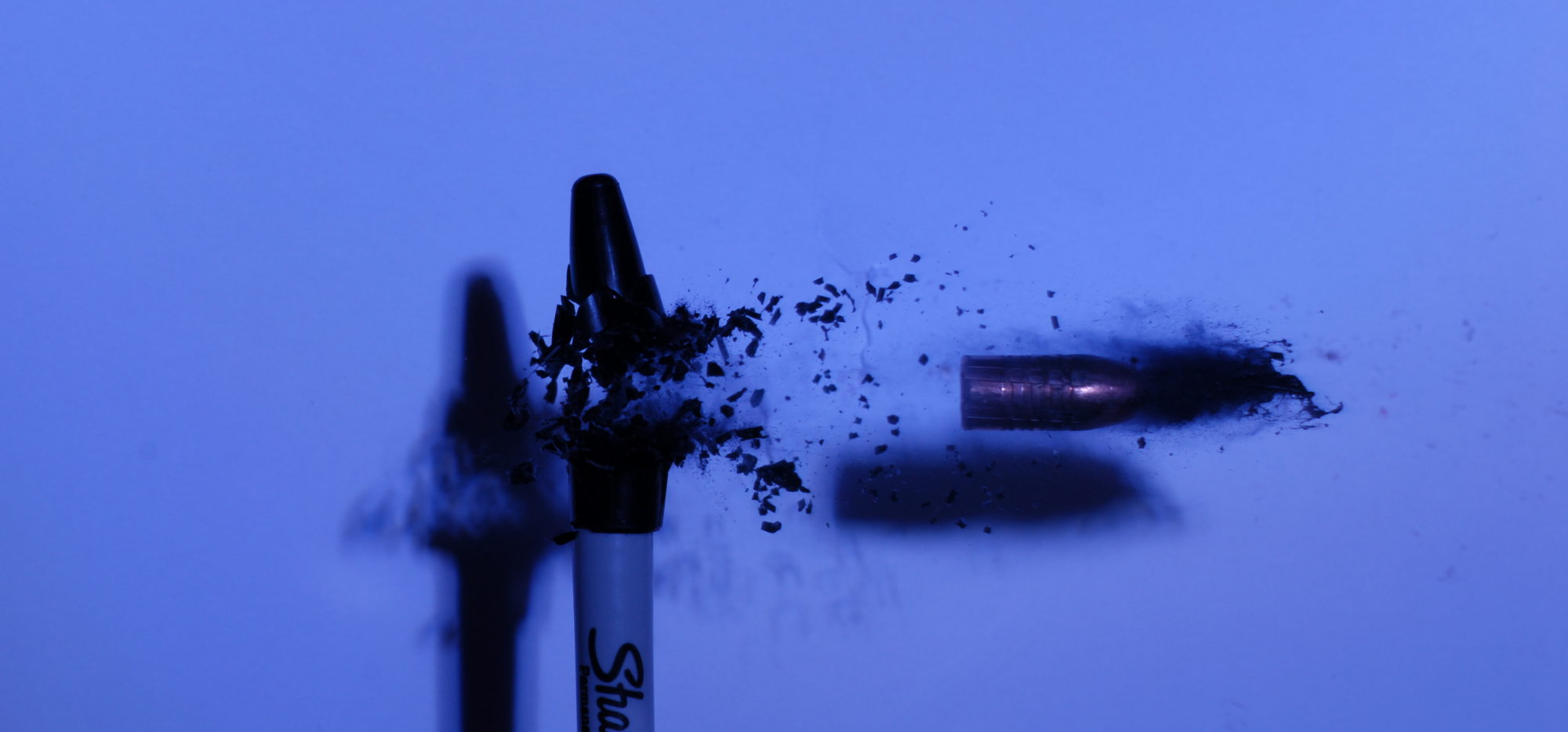Humans are very visual creatures. We rely an awful lot on our eyesight when it comes to making judgements. What we see helps us determine if something is safe, if your significant other looks good in those clothes (Careful!), or if there are trends in a data set. However very few people are good at looking at a long column of numbers and picking out trends or issues within that data set. For this reason we try and present data in a way that works with our visual senses to quickly and efficiently communicate what is going on.



A good portion of analyzing variation is being able to identify trends, or variation that is outside of normal bounds. There are many different ways of doing this but for me, I like to use control charts. A control chart plots individual observations on the X-Axis and the Individual Value on the Y-Axis. Individual values are connected via a line.
A control chart also uses reference lines for the data Mean, Upper Control Limit (UCL) and the Lower Control Limit (LCL) this helps to frame the data. Sometimes control charts also plot the Upper and Lower Spec Limits to provide a reference as to where the specs are in relation to the Upper and Lower Control Limits.


Control charts are commonplace in manufacturing as they can very quickly show the performance of a process. If the sampling is random control charts can show if process has a lot of variation or very little. The results should be random, and shouldn’t display any trends, or patterns. If you see trends and patterns in a data set, it can indicate issues with your measurement methods. If there are individual data points above or below the Control Limits (I typically use 3 Standard Deviations above and below the mean for my control limits), this indicates that the process is not stable and more work needs to be done to reduce variation.
Control charts become really useful when measuring time based events. An example of this would be measuring rounds as they come off the press, or there is a measurement made at a regular interval, (Every 100 rounds one measurement is taken). If there is trends or shifts in the data set this can mean there are variables that are changing overtime and the process isn’t stable.


Trends in the data set can be subtle, and it can take a lot of samples to observe the overall trend. In the two cases presented above I altered the original data set to add or subtract .0005in per observation. Over 20 rounds the trend is barely observable, but it is there, over 50 rounds it would be blatantly obvious. I have seen trends that took place over 100’s of rounds showing a decrease in pressure and velocity that was due to a barrel wearing out. (Think 7mm RUM)
Sudden shifts in data can indicate process changes. For example, if someone screwed down the seating stem. All the rounds prior will have one COAL, and the rounds afterwards will have a seperate COAL. This change is usually pretty abrupt. If you see sudden shifts in the data set, you should be asking why, and who/what made the change. Hopefully the machine operator made a note as to what he changed and when. Unexplained shifts in process, are less than ideal and need to be investigated.

Another thing that can indicate a change in process is the reduction of, or increase in variation. This shows there was a change in process, something had to change to produce less variation. Think of a worn bearing, until it is replaced it produces some vibration that causes variation. Once replaced, this vibration goes away, and so does the source of variation.

Something that isn’t common is a process that produces patterns. If there is a recurring pattern in the data set there there is something going on that shouldn’t be there. All observations should be random, you should not be able to predict what the next data point will be. A pattern demonstrates predictability. A worn cam, or gear with a couple worn teeth can produce a repeatable pattern, once replaced this pattern disappears.

Control charts can be used to show people the process. This is sometimes called the “Voice of the Process”. We are seeing what the process is doing, whether is it a glimpse of it’s capability, or a direct observation of how it’s performing over time. Based on a control chart we can understand if we are effectively controlling variation, if the process is stable (I.E no observable trends) and if the process is in control (All points fall between the Upper and Lower Control Limits)
These examples were generated using Minitab 17 software, however Excel can be used to generate the same charts and provide the same sort of information. I will do a future write up on how this is done in Excel.
